The UEFA Champions League stands as the pinnacle of club football, captivating millions of fans around the globe with its thrilling matches and storied rivalries. Established in 1955 as the European Cup, the tournament has undergone a remarkable transformation, evolving into a showcase of the sport’s best talent and fierce competition.
From its humble beginnings to the glitzy spectacle we know today, the Champions League has witnessed unforgettable moments, legendary players, and historic matches that have left an indelible mark on the history of football. Here, we will explore some of these moments and see what makes the Champions League trophy one of the most important prizes a club could ever want.
From the main starts revealed by the Champions League and European Cup to the details that make this tournament so loved by the entire football universe, we will cover everything that makes it unique. Here’s everything you need to know about the UEFA Champions League and its legacy:
Table of Contents
What Makes the UEFA Champions League a Martyr in the Sports World
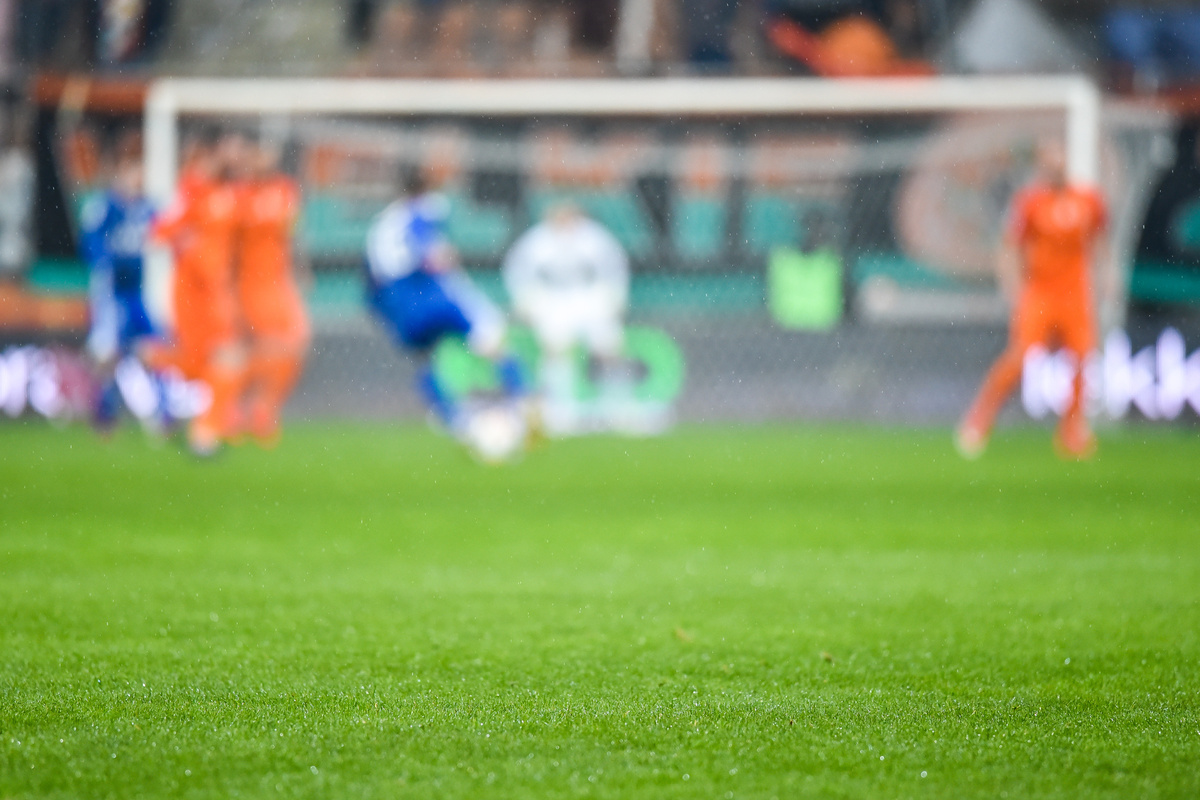
We all know the UEFA Champions League is Europe’s top league and one of the most important competitions in the entire world. But what makes this tournament so special and puts it on another level compared to other club competitions and domestic leagues?
Well…to start, the Champions League is responsible for gathering the best teams of the entire continent, creating a high-level competition that is different from any other. Only the best have the chance to participate, so if you want to watch the highest level of football, this is the competition for you. Since its early days as the European Football Cup, the tournament has had a high level of competition, and all the participating teams were at a different level of abilities and strategy.
Not only that, but the Champions League was also the stage for some of the most incredible moments in football history, including unpredictable results and thriving matches that changed the competition forever. If you want to see the best players at the highest level in terms of skill, this is the go-to option. It revolutionized the sports world and is still one of the most important tournaments globally.
Whether you go to Brazil, Australia, or anywhere else, you’ll find people talking about the competition. It was one of the leading competitions responsible for making the sport such a global icon and famous everywhere, gathering viewers and visitors worldwide to cheer together and watch the phenomenal events.
Diving Into the History of UEFA Champions League
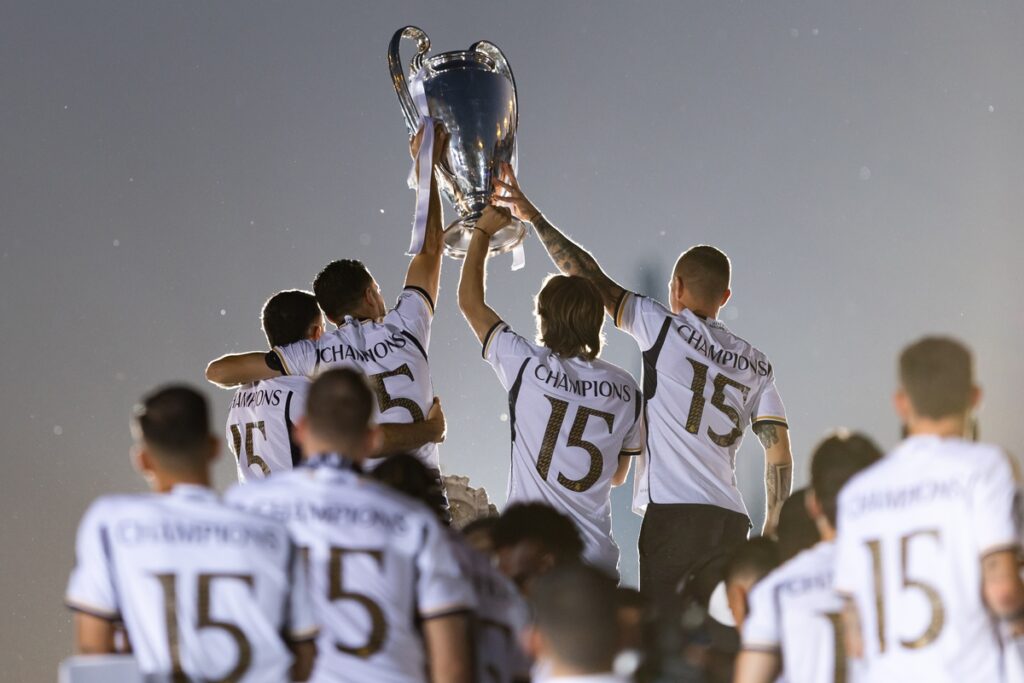
Now, it’s time to see the main aspects of the history of one of the most iconic sports competitions ever. We will cover every detail to ensure you become an expert on the matter. From its simple start to its days of glory, this event’s journey was full of curiosities and details that will definitely surprise you and make you see the games with different eyes from now on.
Whether you’re a football fan wanting to learn more about the tournament or dream of becoming a professional player and competing in the league, this article is for you. Here are the main aspects and details about the Champions League’s history:
Early Steps as Campionat de Catalunya
Before becoming the Champions League as we know it today, the pinnacle of European football was disputed in the European Cup, the highest championship on the continent, which gathered the strongest teams from each country for a tournament throughout the year.
From Spanish Clubs like Real Madrid to English Clubs like Manchester United, only the best had a chance of stepping on the fields of the cup. The best team was considered the European winners of the season and the best team on the continent for that year. This lasted for decades and was the first step in making the tournament what it is today.
Even though it wasn’t the Champions League itself, the European Cup started in 1955. The first season was a straight competition between the winners of the continent’s domestic leagues. It was very different from what it is now, and multiple parts of its organization were not as sophisticated, including the knockout phase and many others.
First Edition and Format Changes
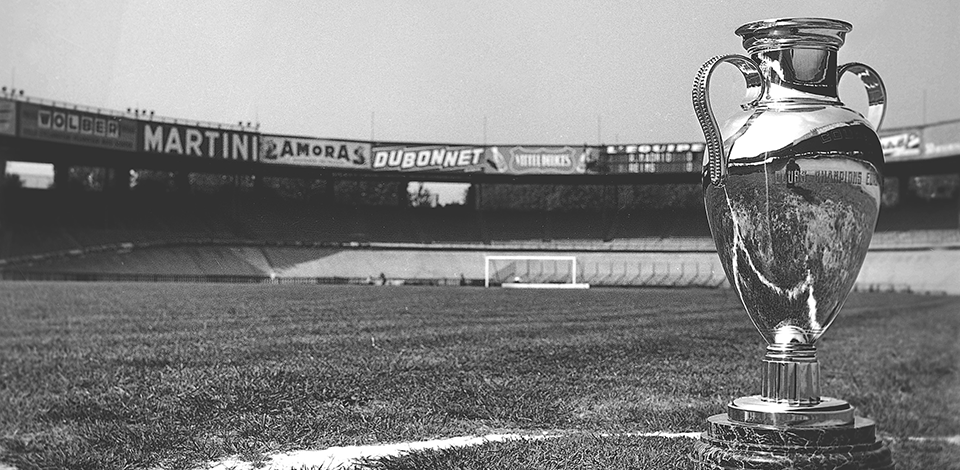
As mentioned, the first edition of the European Cup happened in 1955 and had 16 teams on the roster, another thing that completely changed throughout the years. The runner-ups that participated in the development of the first season were AC Milan, AGF Aarhus, Anderlecht, Djurgarden, Gwardia Warszawa, Hibernian, Partizan, PSV Eindhoven, Rapid Wien, Real Madrid, Rot-Weis Essen, Saarbrücken, Servette, Sporting CP, Reims, and Vörös Lobogó.
The first official match happened between Partizan and Sporting CP in a 3-3 draw between the two teams. It was officially the beginning of Europe’s most important sports event and a revolution in the football scenario at the time.
The finals were also a big event, attracting thousands of fans from all over the region to see which team would take home the first trophy in the history of the European Cup. It was no surprise for anyone that Real Madrid was the first club to achieve this goal and bring home the prize. The Spanish team had an amazing campaign and played a beautiful final match against Stade de Reims, scoring four goals against them.
Real Madrid Dominance and Tournament Expansion
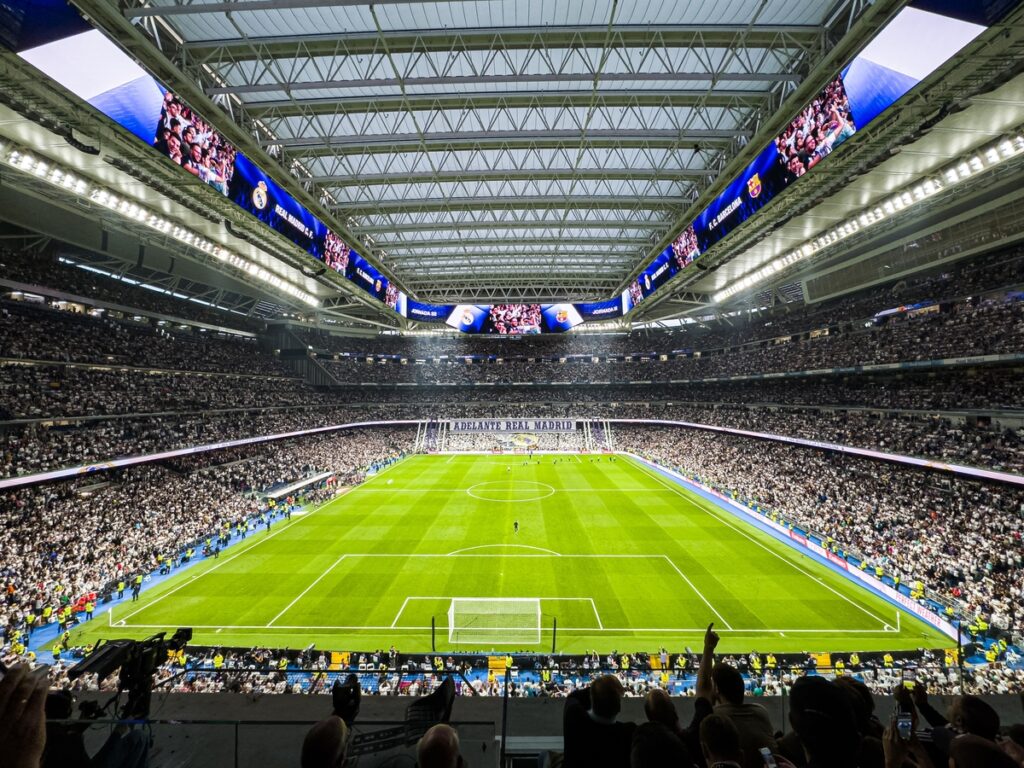
The first edition of the cup wasn’t the only one where Real Madrid showed a superior level of football. They not only managed to participate in all the finals for the first five but also won them all. This made them the first European Cup major team, creating an unbeatable strategy that was a nightmare for all the runners-up playing against them, whether in the group stage or any other step of the competition.
Their dominance ended in the 1960-61 season when they were dethroned by their long-time rivals Barcelona during the early steps of the competition. It was the first European Cup final the team didn’t participate in, marking an era of more diverse countries winning the cup. Teams like AC Milan, Ajax, and many others marked their name in the competition’s history and helped expand the football culture across the continent, gathering more fans and spectators every edition.
The following Real Madrid victory in the competition didn’t take long. The Spanish team secured another trophy five years later during the 1965-66 season. At the time, they were the team with the most titles for quite a margin, making it almost impossible for the other teams to reach them in this metric.
First English Victory and Dominance
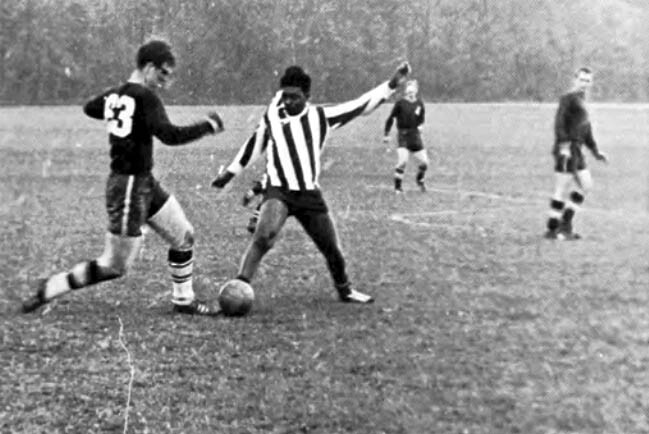
Even though it took a long time for an English team to win, this doesn’t mean they were not a strong part of the competition.
The country’s first victory came in the 1967-68 season, when Manchester United secured the trophy and became Europe’s best team for the year, making all the British spectators proud. This victory was a glimpse of what would mark the country’s dominance in the competition.
England managed to take home six trophies in six editions, something that no one had expected, a result very similar to the one Real Madrid achieved in the tournament’s first editions. But there’s a fundamental difference here.
While with Real Madrid, a single club won all the competition editions, there was a variety of winners here. Even though the country dominated the decade, there wasn’t a single club winning all the editions. We saw victories from Liverpool, Aston Villa, and Nottingham Forest.
It was also an essential era for emerging talents. We saw more teams joining and competing in the numerous parts of the competition, whether in the eight groups of the early stages, during the knockout stage, or at any other step.
Heysel Stadium Disaster and Penalties
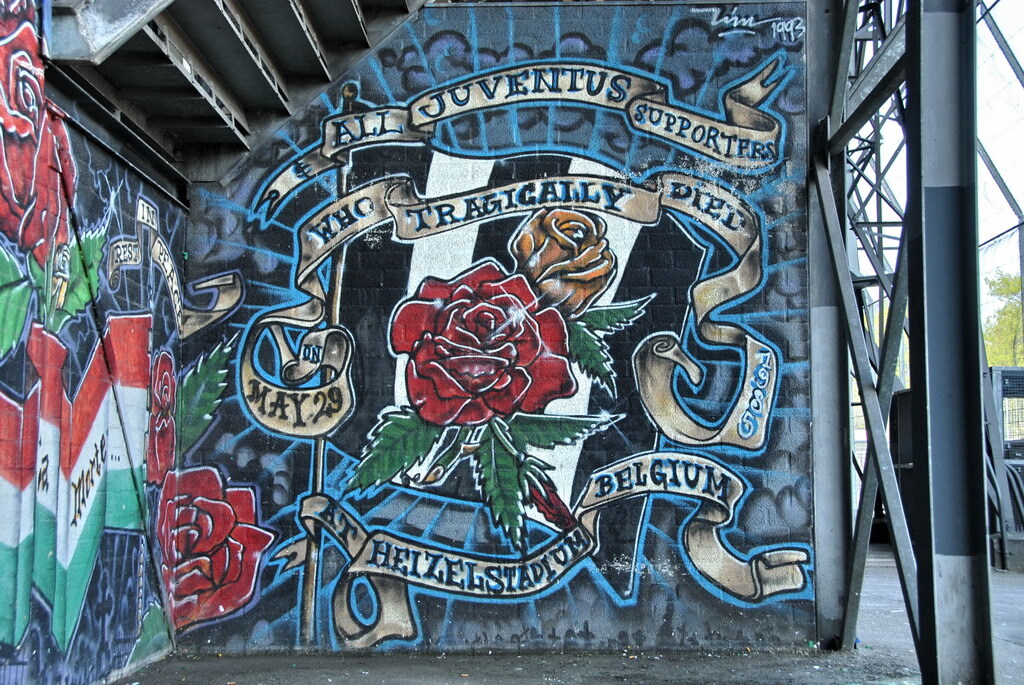
One of the saddest chapters in the tournament’s history was the Heysel Stadium incident in 1985. It happened only a few hours before a heated final between Liverpool and Juventus for the European Cup trophy of that season.
The stadium, located in Brussels, Belgium, was poorly maintained and had numerous problems in its structure. Before the game, a heated fight between the two clubs happened, and Liverpool fans started pushing Juventus fans against the wall, which collapsed during the incident. Numerous parts of the stadium failed the inspection prior to the match, and the result of this unfortunate event was that 39 spectators died, and over 600 fans were injured during the incident.
As a result of this situation, UEFA banned all English teams from the competition for five years, except for Liverpool, which was banned for six years. This ended the English streak in the competition and marked one of the saddest episodes of the Champions League history.
Rebranding and Diversity

After almost a decade of English dominance in the competition, we saw a very diverse group of winners, with representatives from many countries around the continent, including Germany, Italy, Spain, and many others. However, more than the diverse results, this new era marked the beginning of competition rebranding and a new strategy.
Multiple aspects of the tournament were reconsidered and thought out, like the round-robin format, the number of teams in each league phase, and many other elements. But the most critical aspect was the naming. The European Cup became the UEFA Champions League we know today and revolutionized the football scenario forever, with new sponsors, broadcasters, and everything you would expect from a top-tier tournament.
The rebranding process took years to be formulated, and in 1991, UEFA asked the broadcasters and main media channels to refer to the competition as the Champions League instead of the traditional European Cup.
During this time, the marketing team of UEFA also designed one of the most iconic symbols of the tournament and the sports world. They created the famous “star ball.” The design was a partnership between the UEFA design team and Design Bridge, a London-based company selected through a competition done in the same year. According to UEFA, in under a decade, the star ball achieved a recognition level of 94% among fans of the sport, a very impressive result that shows how strong the Champions League brand is not only in Europe but worldwide.
New Formats Throughout Time
Another thing that changed after the rebranding was the qualification format. As we mentioned, the competition used to have two round-robin phases that the clubs used to enter the tournament. After becoming the Champions League, this changed to a League phase, where instead of 32 participating teams, we have 36.
The number of teams per region is determined by UEFA’s coefficient of the members’ association and the results of how many clubs represent each association during the previous five tournament editions. The system can be tough to understand if you’re not used to it, but once you figure out the coefficient, it becomes easier to find out why each region has that specific number of teams representing them.
After two decades, this system changed again in 2024-25, and the member associations decided to eliminate the group stage and expand the league phase of the competition. Instead of being divided into groups of four teams each, all the participants would be featured at the same table, disputing for points and classification to the knockout phase.
For the draw phase, there are four pots, and the 36 teams are divided between them. This way, each team plays against two teams from each pot, one home and one away. This knockout phase begins in February and goes through the following months.
To summarize, the group stage was substituted by the league phase, where the 36 participants are featured on the same list, instead of groups. Each team plays eight matches in this phase, accumulating points in the list.
Future of Champions League
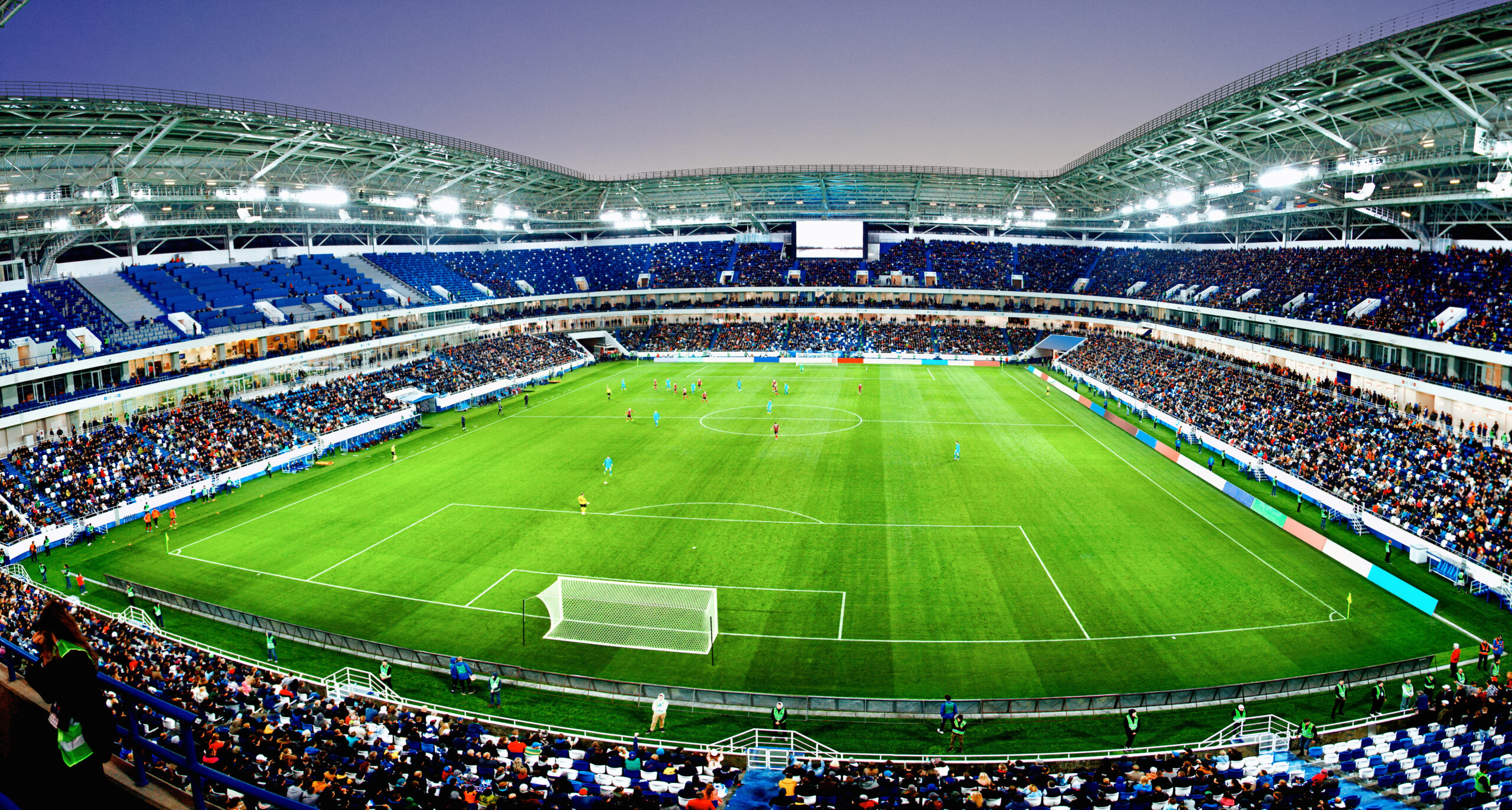
There is no doubt that the Champions League has a bright future ahead. It is already one of the world’s biggest sports competitions, and its history shows how many moments it has already hosted, whether when it comes to outstanding players doing the impossible or unpredictable results.
The competition grows every new season, and with the use of social media channels, the entire world can share their love for the tournament, whether they’re from Europe or any other part of the world. The love for football connects us all, and the impacts of the Champions League reach far beyond just the European continent.
You can expect many more breathtaking moments and players highlighting in the competition, with the fanbase increasing every new edition. Football is constantly evolving, and so does the competition. From new strategies to technologies like VAR, the future of the UEFA Champions League is promising, and one thing is sure: excellence and high quality will continue to be the #1 characteristic of the event. Whether as the European Champion Clubs Cup or the Champions League, the event always provided the best experience possible for both the players and spectators. You can expect the same high quality and many unforgettable moments, whether watching the games live in the stadium or through broadcasts.
Champions League Player Records

Now, we will see some of the main records and achievements established by legendary players who participated in the competition throughout the decades. From famous players like CR7 to underdog champions, here you’ll discover some of the leading names to mark their legacy in the sports world and deliver results that changed the competition forever.
Here are the main records of the Champions League and who holds them:
Most Appearances
Thousands of players have already passed through the Champions League. The competition was responsible for highlighting some of the most iconic players of all time, and some of them marked the competition, appearing in hundreds of games throughout the decades.
It is probably no surprise to anyone, but the record of most appearances in the tournament belongs to Cristiano Ronaldo, with 183 appearances in almost 20 years.
Cristiano played over a hundred games only for Real Madrid in the competition, being one of the biggest goalscorers in the club’s history. Not only that, but he also represented Juventus and Manchester United, creating a true legacy.
He is not the only one with impressive numbers regarding appearances. Other players with high participation in the competition were:
- Iker Casillas – 177 appearances
- Lionel Messi – 163 appearances
- Karim Benzema – 152 appearances
- Xavi – 151 appearances
- Sergio Ramos – 142 appearances
Most Goals Scored
When you have the best players in the world competing against each other, scoring goals is a very common thing. Some of them hit outstanding marks, and that’s what we will see here.
If you have ever wondered who the top goalscorer in the competition’s history is and how many times they scored, we have the answer for you. Like in the previous category, this category regards only goals scored in Champions League games and doesn’t consider any other kind of match.
Cristiano Ronaldo is also highlighted as the biggest goalscorer in the tournament’s history, with 140 goals in 183 appearances. It is no surprise that one of the best players in football history would be on the list, but being at the top of two of the most prestigious rankings of the competition shows how superior his skills are compared to average players.
Some of the other players with the most impressive numbers when it comes to goals scored are:
- Lionel Messi – 129 goals
- Robert Lewandowski – 96 goals
- Karim Benzema – 90 goals
- Raúl – 71 goals
- Ruud van Nistelrooy – 56 goals
- Thomas Müller – 54 goals
- Thierry Henry – 50 goals
Most Titles
This doesn’t regard players, but it refers to the clubs with the most titles conquered over the years. We saw clubs dominate the competition and win numerous titles in a row, but who is the biggest winner in the history of the Champions League?
You probably already know the answer to this question, as this team constantly dominated the tournament and managed to create a constant high-level performance. We’re talking about Real Madrid and its outstanding roster of talented players throughout the years. Over the decades, Real Madrid won 15 Champions League titles, an exceptional result that is way above any other team that has already stepped into the competition.
However, it is not the only team with impressive results over the years. Here are some other teams with multiple Champions League titles as well:
- Milan – 7 titles
- Bayern Munich – 6 titles
- Liverpool – 6 titles
- Barcelona – 5 titles
- Ajax – 4 titles
- Inter Milan – 3 titles
Write Your Own History in the Football World

We showed you the main moments of the UEFA Champions League’s history, but now it’s time for you to write your legacy in the football world. With FootballTeam, you can create your character and become the best player in the virtual world, competing against players worldwide to see who’s the definitive GOAT in a thriving experience.
Whether you choose to be a striker or a goalkeeper, the game allows you to fully customize every single aspect of your character and career, making the looks and gameplay fit exactly your style. But that’s not everything. More than a key player in your team, you’ll also need to manage multiple aspects of your club, including each player’s position and other strategic details. Be careful. Every decision you make can be a decisive factor in whether you win or lose a match.
Every match will test your skills and knowledge in an epic experience that will please even the most picky players. And the best part is that you don’t need those large downloads to enjoy the fun. Just open your preferred browser and play it directly from there with no problems.
FootballTeam is a competitive experience, meaning you’ll constantly play against people from all over the world in a series of different modes. Each of them features its own rules and ways of playing, ensuring you’ll always find something new to try.
Want to enjoy this journey with friends? No problem. The game’s online features allow you to connect with people anywhere and from any mobile or desktop device.
FootballTeam is entirely free to play, and you can start your journey to become the best football player in the world right now. Visit the game’s main page right now and join the more than a million people already playing the revolution of virtual sports games.